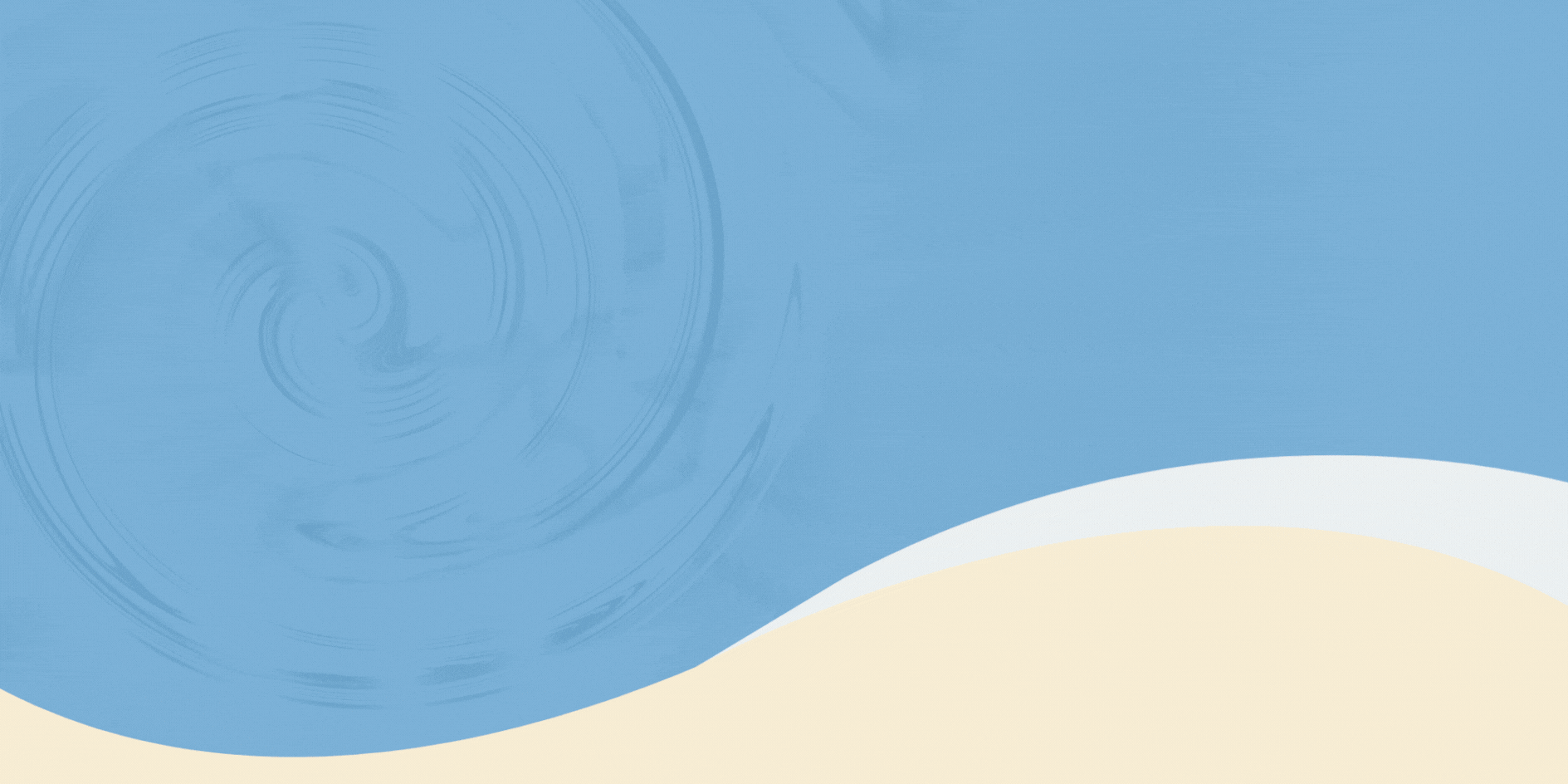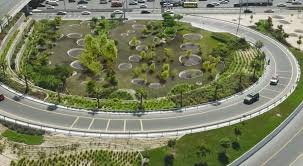Dubai, a city known for its record-breaking skyscrapers, futuristic skyline, and extravagant attractions, is making global headlines yet again — but this time, not for a new tower or luxury hotel. It’s for something far more grounded, yet just as ambitious: a massive tree plantation project involving the planting of 300,000 trees across the city.
This bold green initiative has captured the attention of both residents and international observers. With the UAE’s increasing focus on environmental sustainability and climate resilience, many are asking — who is really behind this transformative project, and what did it cost to turn this ambitious vision into a reality?
Let’s uncover the fascinating story behind this monumental environmental campaign.

A City Built on Vision Now Building a Forest
Dubai is no stranger to turning bold ideas into tangible achievements. From constructing the world’s tallest building to creating artificial islands visible from space, this city has repeatedly proven that nothing is impossible. Now, in line with the UAE’s national sustainability goals and commitment to addressing climate challenges, the focus has shifted to restoring the natural environment and enhancing green spaces.
The 300,000-tree plantation project is part of a larger mission to combat rising temperatures, improve air quality, and enhance the overall well-being of residents. It’s a powerful step towards making the city greener, cooler, and healthier for generations to come.

Who’s Really Behind This Green Dream?
While the government of Dubai has taken the lead, this project is the result of collective efforts from multiple sectors. Spearheaded by Dubai Municipality, the initiative has attracted significant participation from private companies, environmental organisations, and community groups.
Several real estate developers, corporate sponsors, and philanthropic organisations have contributed to funding and logistical support. The campaign has also encouraged schools, NGOs, and local residents to take part, turning this project into a community-driven success story rather than a purely government-run program.
By involving both public and private stakeholders, the city has effectively shown that sustainability is everyone’s responsibility — and that large-scale environmental impact is possible when a city comes together with a shared purpose.

The Real Cost of Planting 300,000 Trees
One of the most asked questions surrounding this project is how much it truly costs to plant 300,000 trees in a desert city like Dubai, where the climate is harsh and water resources are limited.
While exact figures haven’t been officially disclosed, experts estimate that planting, transporting, irrigating, and maintaining each tree in the UAE’s arid environment can cost several hundred dirhams per tree — especially when considering long-term care and water-efficient irrigation systems.
When these individual costs are multiplied by 300,000, it brings the total project cost into the millions of dirhams. Beyond the initial planting, maintaining a large-scale plantation in a desert region requires specialised soil treatments, climate-controlled nurseries, and advanced irrigation technologies to ensure the survival and growth of each tree.
Despite the hefty investment, city officials and participating sponsors view this project as a long-term environmental and social asset, contributing to cleaner air, reduced heat, and an enhanced quality of urban life.
Why Trees Matter More Than Ever in Dubai
Dubai’s rapid urbanisation over the past few decades has transformed it from a quiet desert settlement into a bustling global hub. But with fast-paced development comes environmental challenges — rising temperatures, increased carbon emissions, and reduced green cover.
This plantation initiative directly addresses these challenges. Trees act as natural air purifiers, absorbing carbon dioxide and releasing oxygen. They also provide shade, reduce the urban heat island effect, and enhance biodiversity by creating habitats for birds and small wildlife.
More importantly, green spaces have been shown to improve mental health, reduce stress, and encourage social interaction. In a city as dynamic and fast-paced as Dubai, these benefits are invaluable for residents seeking balance between urban life and nature.
Where Are These Trees Being Planted?
The 300,000 trees are being distributed strategically across various parts of the city. Key locations include public parks, residential communities, major highways, and around educational and healthcare institutions.
Several urban forests and green corridors are being developed, creating connected green pathways for both people and wildlife. Certain parts of Dubai’s outskirts and desert fringes are also being converted into green belts to help combat desertification and soil erosion.
This thoughtful distribution ensures that the environmental, aesthetic, and social benefits of the plantation reach every corner of the city — from bustling city centres to quieter suburban neighbourhoods.

What Kind of Trees Are Being Planted?
Given Dubai’s extreme climate, choosing the right species of trees is crucial for the project’s success. The selection includes a mix of native and drought-resistant species that can thrive in arid conditions while providing maximum environmental benefits.
Popular choices include Ghaf trees, Neem, Sidr, Date Palms, and Acacia. These species require minimal water, are resistant to high temperatures, and provide excellent shade. Native trees like the Ghaf are particularly valued, not just for their hardiness but also for their cultural and ecological significance.
A Symbol of Dubai’s Environmental Commitment
This ambitious plantation initiative is more than just a landscaping project — it’s a powerful symbol of Dubai’s growing commitment to sustainability and environmental stewardship. In a region historically dominated by desert landscapes, the decision to invest in large-scale green infrastructure reflects a progressive shift in priorities.
Dubai’s leadership has made it clear that environmental well-being is now a key component of the city’s future growth strategy. Alongside renewable energy projects, eco-friendly architecture, and sustainable transport systems, the 300,000-tree plantation adds another meaningful chapter to the city’s ongoing green transformation.
How the Public Can Get Involved
One of the most inspiring aspects of this project is its inclusivity. Residents and visitors alike are encouraged to participate in tree-planting drives, community green days, and corporate social responsibility initiatives.
Many schools, colleges, and community organisations have integrated tree-planting events into their yearly programs, giving young people a hands-on role in shaping the future of their city. This sense of ownership and involvement strengthens community bonds and fosters a deeper appreciation for the environment.
Dubai Municipality has also launched several awareness campaigns and digital platforms where individuals can sponsor trees, track plantation progress, and learn about the benefits of urban greenery.
What’s Next for Dubai’s Green Future?
The 300,000-tree project is only the beginning of Dubai’s long-term environmental vision. Officials have hinted at future plans to expand green corridors, introduce vertical gardens, and enhance urban parks.
With major global events like COP28 held in the UAE, the country has positioned itself as a regional leader in climate action. Large-scale projects like this plantation drive not only improve urban living conditions but also set an example for other cities in the region.
Dubai’s bold environmental initiatives reflect a growing understanding that a sustainable, green future is no longer optional — it’s essential.
Conclusion
Dubai’s 300,000-tree plantation project stands as a testament to what visionary leadership and community collaboration can achieve. In a city known for breaking records and redefining skylines, this green movement shows that nature still holds a vital place in Dubai’s future.
From improving air quality to creating much-needed shade and biodiversity, the benefits of this project will be felt by current and future generations. As the trees take root and begin to grow, they’ll serve as a living reminder of what’s possible when a city chooses to invest not just in buildings and roads, but in the health and well-being of its people and its environment.
It’s clear that this isn’t just a story about planting trees — it’s a story about planting hope, resilience, and a greener tomorrow.
Do follow UAE Stories on Instagram
Dubai Municipality Completes AED190 Million Landscaping Projects















